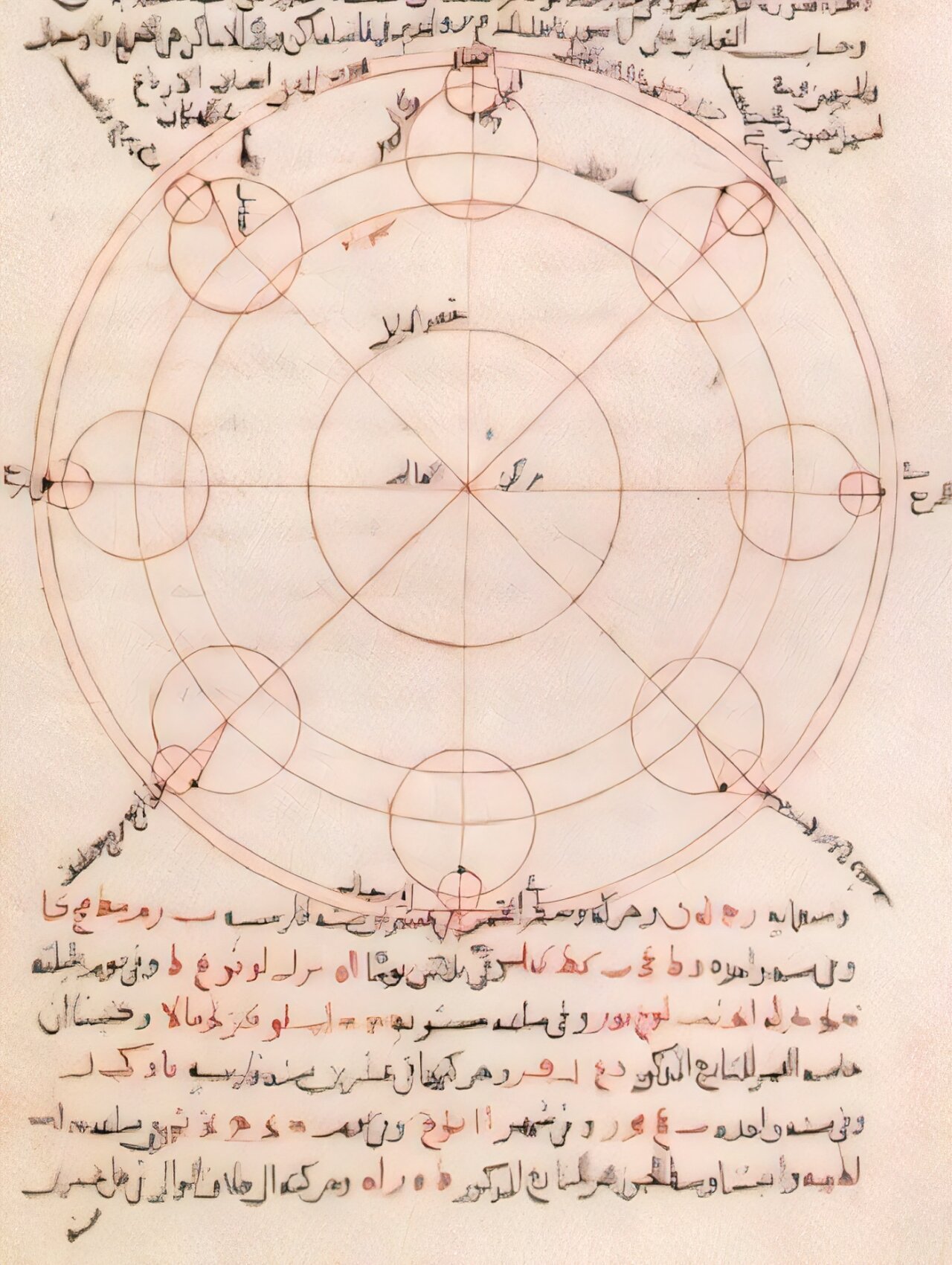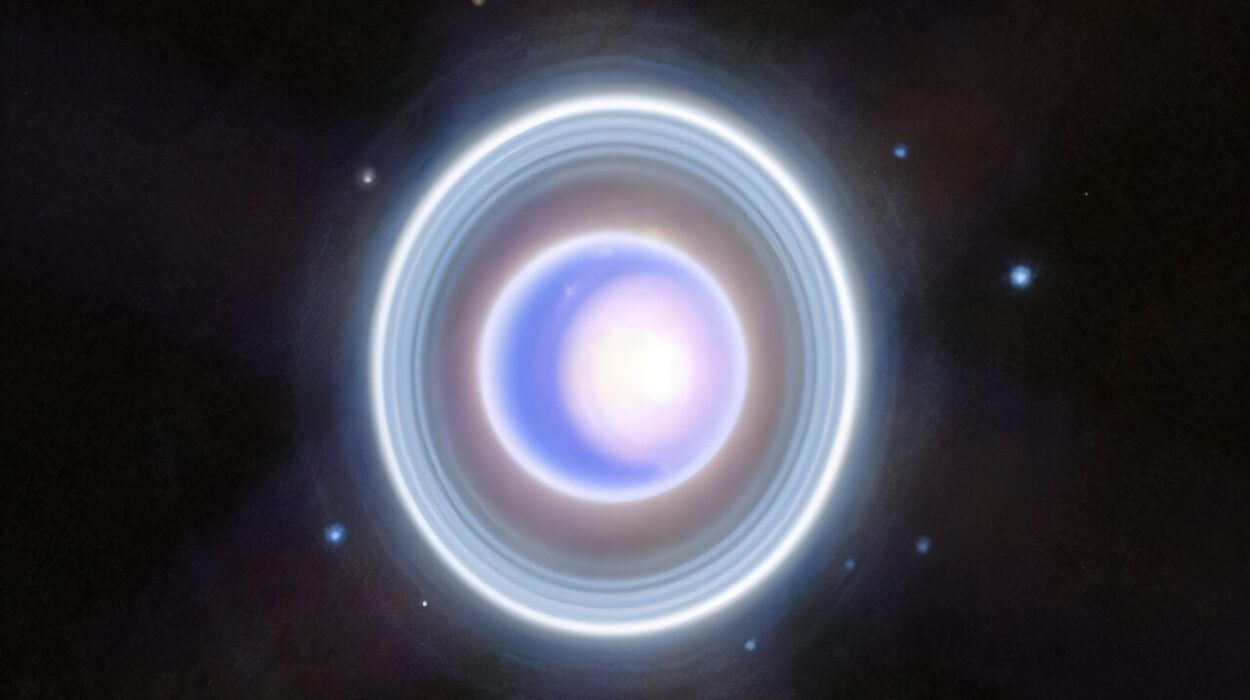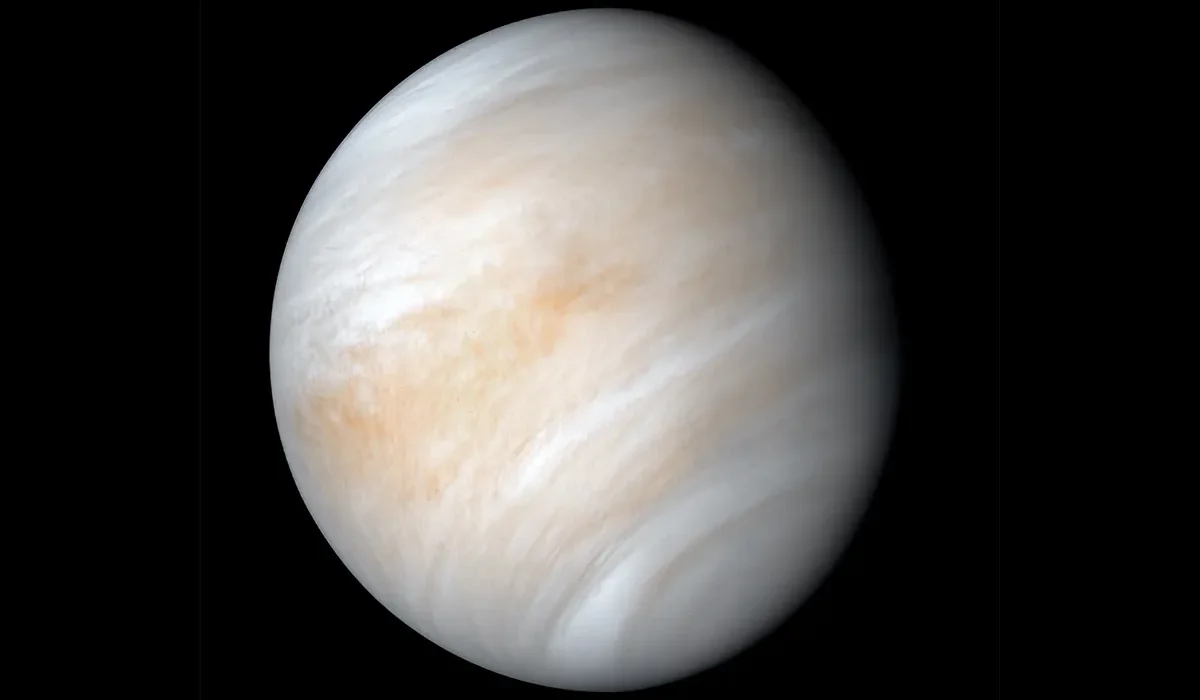The story of modern astronomy has long been centered on the brilliant mind of Nicolaus Copernicus, the 16th-century Polish astronomer who revolutionized our understanding of the cosmos by proposing the heliocentric model, in which the Sun, rather than the Earth, occupies the center of the solar system. This theory challenged the long-held Ptolemaic system, which placed Earth at the center of the universe—a view that had been widely accepted for over a thousand years. However, a groundbreaking study by Dr. Salama Al-Mansouri from the University of Sharjah reveals that Copernicus’s model may not have been as original as previously thought, raising fascinating questions about the transfer of scientific knowledge across cultures and centuries.
New research suggests that Copernicus’s heliocentric model bears striking similarities to the cosmological system proposed by Ibn al-Shatir, an Arab Muslim astronomer and mathematician who lived in the 14th century. While Copernicus’s work, particularly his seminal treatise De Revolutionibus Orbium Coelestium, is often credited as the foundation of the heliocentric theory, the research points to the possibility that Copernicus was influenced by the ideas of Ibn al-Shatir, who developed a remarkably similar model nearly two centuries earlier.
The Historical Gap: Copernicus and Ibn al-Shatir
Copernicus’s heliocentric theory, published in 1543, marked a pivotal moment in the history of science, challenging the Earth-centric views of ancient Greece and Rome. By placing the Sun at the center of the solar system, Copernicus not only altered our understanding of the universe but also paved the way for future astronomers like Johannes Kepler and Galileo Galilei to build upon his work.
In contrast, Ibn al-Shatir, a highly respected scholar from Damascus, developed his own cosmological model in the 14th century. A mathematician, astronomer, and engineer, Ibn al-Shatir was tasked with overseeing the timekeeping at the Umayyad Mosque in Damascus, where he meticulously observed the movements of celestial bodies. His most famous work, Nihāyat al-Sul fi Tashih al-Usul (The Final Quest Concerning the Rectification of Principles), outlines a geocentric model of the universe that contains several elements remarkably similar to Copernicus’s later heliocentric theory.
The historical gap between the two astronomers—more than 200 years—raises significant questions about the development of scientific ideas across cultures. While Copernicus is often credited as the pioneer of heliocentrism, the study conducted by Dr. Al-Mansouri challenges this narrative, suggesting that the transmission of scientific knowledge from the Islamic world to Europe may have played a critical role in shaping Copernicus’s thinking.
A Comparative Study: Copernicus and Ibn al-Shatir
The University of Sharjah’s research, which critically analyzes the writings of both Copernicus and Ibn al-Shatir, identifies a series of compelling parallels between their cosmological models. Dr. Al-Mansouri’s study takes a comparative approach, focusing on the mathematical and observational foundations of both astronomers’ works. According to Dr. Al-Mansouri, Ibn al-Shatir was the first to successfully challenge the Ptolemaic model by refining the inaccuracies in the planetary orbits that Ptolemy had proposed, two centuries before Copernicus.
“Ibn al-Shatir was a pioneer who refined the planetary model and corrected Ptolemy’s inaccuracies,” says Dr. Al-Mansouri. “His work laid the groundwork for future developments in astronomy, including Copernicus’s heliocentric model.”
The study reveals that Ibn al-Shatir’s model, which used epicycles to correct the flaws of the Ptolemaic system, mirrors several key features of Copernicus’s heliocentric theory, especially in terms of the mathematical techniques used to describe planetary motion. For instance, both astronomers employed secondary epicycles and the Tusi-couple—a mathematical device introduced by Nasir al-Din al-Tusi, a 13th-century Muslim polymath—to refine the accuracy of planetary movements.
While Copernicus’s model proposed that the Earth and other planets orbited the Sun, Ibn al-Shatir’s model, though still geocentric in its core, used similar methods to describe the motions of celestial bodies. The study suggests that Copernicus’s use of these mathematical tools—particularly the Tusi-couple—was likely influenced by Ibn al-Shatir’s earlier work, which had already corrected many of the inaccuracies in the Ptolemaic system.
Manuscripts and the Transmission of Knowledge
A key aspect of the study is the examination of Arabic manuscripts and their subsequent translation into Latin, which may have facilitated the transfer of knowledge from the Islamic world to Europe. The research uncovers evidence suggesting that Copernicus had access to Arabic astronomical texts, including Ibn al-Shatir’s Nihāyat al-Sul fi Tashih al-Usul, through intermediaries. While there is no definitive proof that Copernicus read Ibn al-Shatir’s works directly, the strong similarities between their models indicate that Copernicus was likely exposed to these ideas through the translation of Arabic texts into Latin.
Dr. Al-Mansouri’s study highlights the significance of the transmission of scientific knowledge from the Islamic world to Europe during the Middle Ages. During this period, many of the classical works of Greek and Roman science, as well as new ideas from the Islamic Golden Age, were translated into Latin and spread throughout Europe. The transmission of these ideas played a crucial role in the intellectual development of the European Renaissance and the rise of modern science.
The Role of Ibn al-Shatir in the History of Astronomy
Ibn al-Shatir’s contributions to astronomy are often overshadowed by the achievements of later European scientists, particularly Copernicus. However, the research conducted at the University of Sharjah underscores the importance of Ibn al-Shatir’s work, not just as a precursor to Copernicus but also as a key figure in the history of Islamic science.
Professor Mesut Idriz, a scholar of history and Islamic civilization at the University of Sharjah, notes that Ibn al-Shatir’s influence on Copernicus is undeniable. “The striking similarity between the planetary models developed by Ibn al-Shatir and Copernicus, especially regarding the orbits of Mercury and the Moon, provides clear evidence of Copernicus’s reliance on Ibn al-Shatir’s work,” says Prof. Idriz.
Ibn al-Shatir’s use of the Tusi-couple, in particular, was groundbreaking. This mathematical device, which simulates linear motion through a combination of circular motions, allowed Ibn al-Shatir to eliminate the equant—a problematic feature in Ptolemaic astronomy. Copernicus, too, employed the Tusi-couple to improve the accuracy of his model, demonstrating the lasting influence of Ibn al-Shatir’s work on the development of modern astronomy.
Rewriting the History of Astronomy
The findings of this study have significant implications for the history of science. By highlighting the intellectual kinship between Copernicus and Ibn al-Shatir, the research challenges the traditional Eurocentric narrative that often marginalizes the contributions of Muslim scientists in favor of their European counterparts. It also underscores the importance of the Islamic Golden Age in shaping the foundations of modern science.
Professor Hamid al-Naimiy, a renowned astronomer and the research’s main supervisor, argues that this study calls for a reassessment of the history of astronomy. “This research is a clarion call to rewrite the history of astronomy and ensure that the brilliance of Muslim scholars like Ibn al-Shatir is recognized alongside Copernicus in our collective narrative of scientific progress,” says Prof. al-Naimiy.
The study also suggests the need to update science curricula to reflect a more inclusive history, one that acknowledges the contributions of non-Western scholars in shaping our understanding of the cosmos. “Our analysis reveals that Ibn al-Shatir’s treatise, though geocentric in intent, produced results so aligned with heliocentrism that Copernicus’s debt to him is undeniable,” Dr. Al-Mansouri concludes. “Two centuries of separation could not erase this intellectual kinship.”
Conclusion
The recent study conducted at the University of Sharjah has opened up new avenues for understanding the development of heliocentrism and the transmission of scientific knowledge between cultures. By uncovering the similarities between the works of Copernicus and Ibn al-Shatir, the research challenges the traditional narrative of scientific progress and highlights the crucial role of Islamic scholars in the history of astronomy.
As we continue to explore the cosmos, it is essential that we acknowledge the contributions of scientists from all cultures and backgrounds. The work of Ibn al-Shatir, though largely forgotten in the West, played a pivotal role in shaping the astronomical models that laid the groundwork for Copernicus and future astronomers. This study not only sheds light on the scientific achievements of the Islamic world but also calls for a more inclusive and accurate history of science—one that recognizes the global nature of human discovery and the interconnectedness of our intellectual heritage.
Reference: Salama, Al-Mansouri. The Latest on the heliocentric theory as explained by Ibn al-Shater and Copernicus: a comparative analytical study (2025). Dissertation: library.sharjah.ac.ae/record=b1762931






